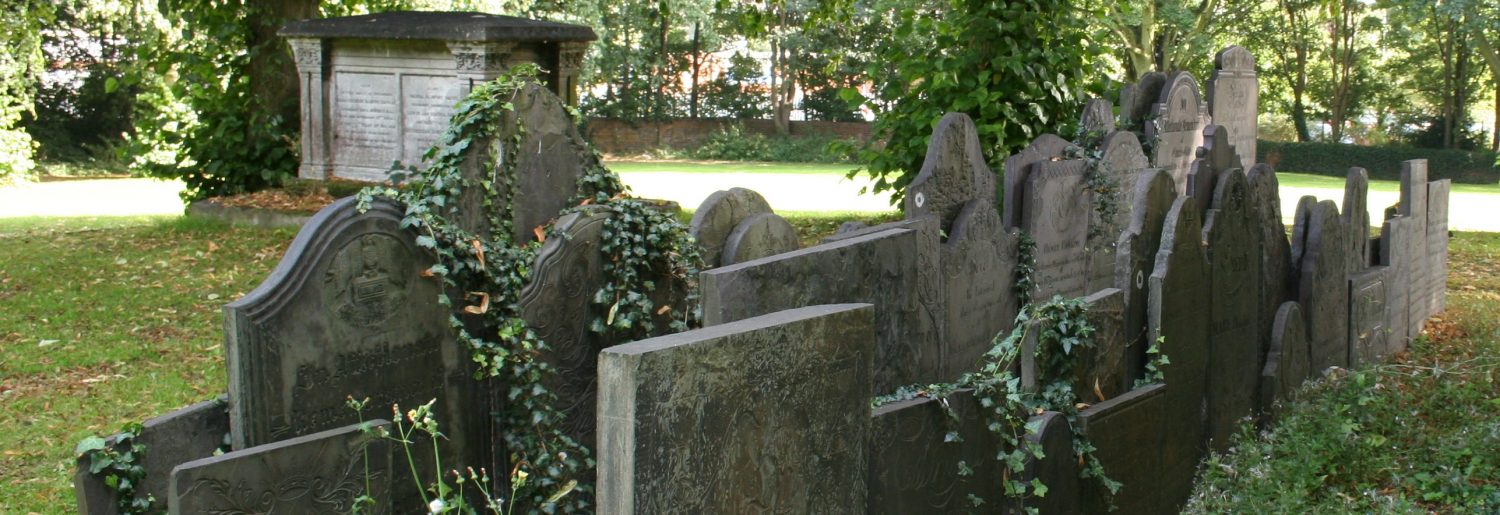On 4th September 2017 I visited three more churches. St. James, Wigmore made it onto the list primarily because of its most famous vicar, who I had come across in my archival research – one Alexander Clogie (with varying spellings). He was prominent enough to have an entry in the Oxford Dictionary of National Biography, and at least one published book (Vox Corvi) – a copy of that can be found on Early English Books Online – all great stuff as far as I’m concerned! Clogie managed – somehow! – to survive all the political and religious changes of the seventeenth century and to remain in position throughout. He was installed in 1647 and was vicar until his death in 1698. When I learned that Mr Clogie was buried at Wigmore, his church, I had to visit.

Church of St James, Wigmore
Wigmore itself is up in the hills of North West Herefordshire, what many would still call ‘Mortimer country’ – indeed, the village shop is called ‘Mortimer Country Stores’. The nearby Castle was dismantled in 1643 to prevent it being used during the Civil War, and the ruins still survive today, although we chose not to visit that day. The village itself has some surviving early modern houses, which were lovely to see.
The church itself, The Church of St. James, is 11th century, although the site itself is probably far older. From my perspective, the interesting parts about the church were the furniture in the chancel, all of seventeenth century date, and the pulpit, which a sign in the church declared was almost certainly used by Mr Clogie himself.

early sixteenth-century pulpit, with seven linen-fold panelled sides
What is unusual about this is how it was not changed, in the seventeenth century, with the increase in preaching in churches, as so many other pulpits were, to include sounding boards (there is a fab example at St. Clydawg, Clodock, for example). Perhaps the acoustics in the church were good enough that it was never felt to be needed?
The chancel holds a (now) unusual square(ish) formation of the choir stalls. If you look closely at the picture, you can see how the bit of the choir stalls nearest to the chancel arch, instead of just ending with a space for people to get in and out (like this one, at St Mary and St Peter’s in Harlaxon, Lincs), it turns 90 degrees and continues. This is because for at least part of the seventeenth century, the communion table would have been moved for services at least from the current ‘altarwise’ position to the middle of the chancel.

choir stalls in the chancel
You can see quite clearly how, if the little freestanding benches closest the ‘aisle’ are removed, it creates a square space that a table could quite easily have stood in. This kind of arrangement was that favoured by the ‘godly’ – what most people today think of as ‘puritans’. Interestingly enough, it seems that the rood screen and gallery was still present at this point. The medieval era rood screen and gallery (which held the rood, the large crucifix of Christ with his mother and St John kneeling next to him, and which was removed from all churches in England during the Reformation) was often demolished during the early modern period because of its association with the Rood and the ‘supersitions’ of the Catholic faith. It would seem that this was not the case here.

Chancel Arch with piscina high up to the right in the south wall
The position of the roodscreen and gallery can be seen from the survival of a piscina, high up in the wall (above the later organ), from where it would have been accessed from the gallery. According to the guide book that I obtained in the church, written by Jim Tonkin, the rood screen and gallery were moved in 1862 to form a reredos against the East Wall, and then removed from there at a later date.
At the same time, however, the church also had communion rails – rails that were installed to mark out the area where the communion table was kept – and which sometimes had the effect of preventing the move of heavy communion tables to the centre of the chancel for the service.

close up of the seventeenth-century communion rail
It is unclear whether this was the case here, as the gap in the centre of the rails is large enough to permit the table to be moved. whether this gap was this wide in the seventeenth century, though, is uncertain.

view towards the altar from the chancel arch
St. James has other features which are of interest: a surviving church cross with a niche within the steps.

churchyard cross
This kind of niche is commonly found in church crosses in Herefordshire; Mr Tonkin noted that it was often used in pre-Reformation times in the same way that an Easter Sepulchre would have been used.

niche in the cross
The church also has surviving exposed herring-bone construction, part of the original Norman construction. There is much of interest to the seventeenth-century historian, and the village is very pretty. There are some stunning views, particularly from the church itself (which is set higher than the village). Well worth a visit!

My Great great grandfather x6 John Pound was married in this church on21st May 1808 To Elizabeth Mainwaring.
LikeLike